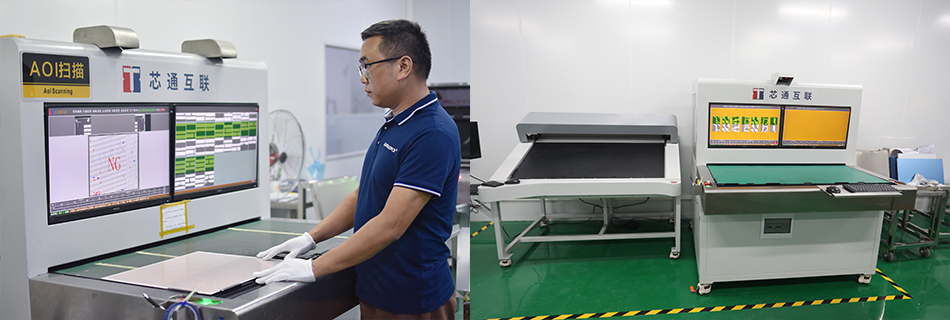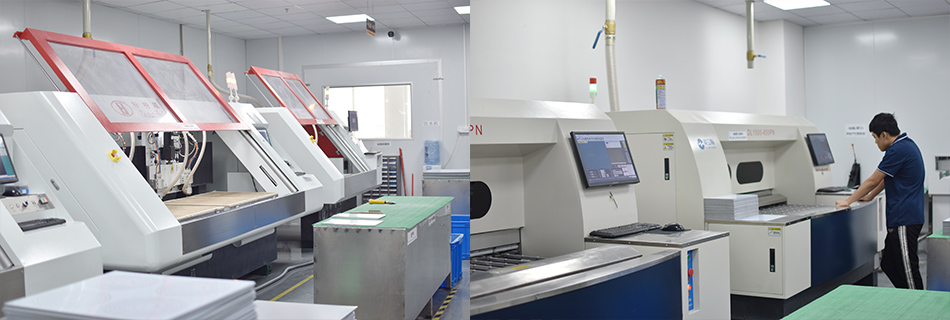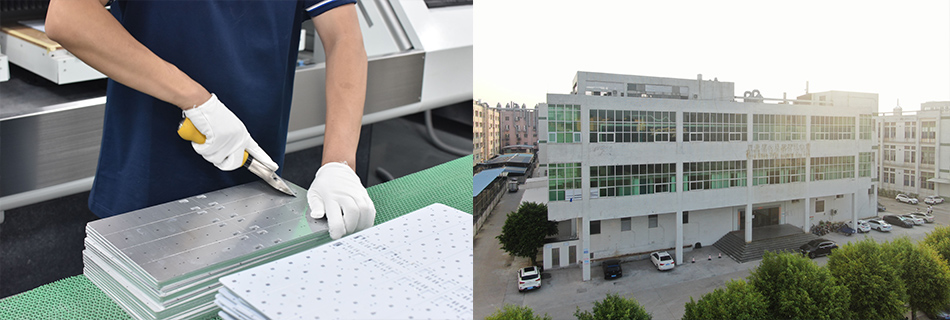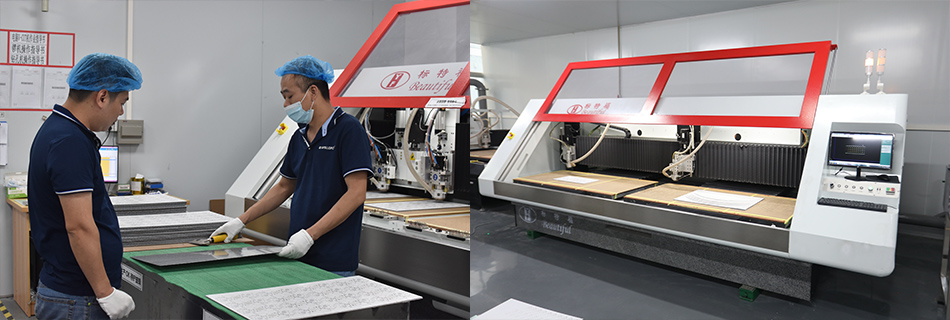-
- PCB TYPE
- PRINTED CIRCUIT BOARD PROTOTYPE ALUMINUM PRINTED CIRCUIT BOARD R&F PCB FPC HIGH FREQUENCY PCB HIGH-TG PCB HEAVY COPPER PCB HDI PCB PCB FOR LIGHTING METAL CORE PCB
time:Sep 23. 2025, 11:40:55
In the modern electronics industry, the demand for smaller, faster, and more efficient devices is ever-growing. At the heart of these advancements lies the High-Density Interconnect (HDI) Printed Circuit Board (PCB). HDI PCBs are integral to the production of cutting-edge electronics, allowing for compact designs without sacrificing performance. One of the most critical processes in manufacturing these advanced PCBs is laser drilling.
HDI stands for High-Density Interconnect. These PCBs are characterized by a higher density of components and interconnections than traditional PCBs. They utilize finer lines, smaller vias (holes), and denser circuits, making them ideal for applications where space is at a premium, like in smartphones and other portable electronics.
HDI PCBs are pivotal in the evolution of electronic devices. Their ability to pack more functionality into a smaller area means they can support the latest technology trends, including miniaturization, increased functionality, and faster processing speeds. As devices become more compact, the role of HDI PCBs becomes increasingly significant.

Laser drilling is a precise method used to create small holes, or vias, in PCBs. These vias are essential for connecting different layers of a PCB. In HDI PCBs, the vias are particularly tiny, often just a fraction of a millimeter in diameter, which is why laser drilling is the preferred method.
Precision: Laser drilling offers unmatched precision, which is crucial for creating the small vias required in HDI PCBs.
Speed: The laser drilling process is fast, which helps in maintaining the efficiency of the production line.
Flexibility: It allows for the creation of complex via patterns necessary for modern electronic devices.
In laser drilling, a concentrated beam of light is used to vaporize material in a targeted area of the PCB. This beam can be precisely controlled to create vias of exact sizes and shapes, which are essential for the high-density designs of HDI PCBs. The process is automated, ensuring consistency and reliability across production batches.

Laser drilled HDI PCBs provide superior electrical performance due to their compact design and reduced inductance and capacitance. This results in faster signal transmission and less signal loss, which is crucial for high-speed applications.
The ability to create smaller vias means more components can be placed on the board. This space efficiency is critical for modern devices, which require more features in a smaller package.
Laser drilled vias are less prone to defects compared to mechanical drilling. The precision of laser drilling reduces the likelihood of issues such as misalignment or incomplete drilling, enhancing the overall reliability of the PCB.

Operating laser drilling equipment requires a high level of technical expertise. The equipment must be precisely calibrated to ensure the accuracy and consistency of the vias.
While laser drilling offers numerous benefits, the initial investment in equipment and training can be substantial. However, the long-term benefits often outweigh the initial costs, especially for companies producing high volumes of HDI PCBs.
The materials used in HDI PCBs must be compatible with the laser drilling process. This includes considerations for thermal and mechanical properties to ensure they can withstand the laser's intensity without degrading.

As technology continues to evolve, so too will the processes involved in HDI PCB production. Innovations in laser technology, such as increased precision and reduced energy consumption, are expected to further enhance the efficiency and capabilities of laser drilling.
The use of HDI PCBs is expanding beyond consumer electronics into areas like automotive, medical devices, and aerospace. This expansion will drive further advancements in laser drilling technology to meet the specific needs of these industries.
With growing environmental concerns, the electronics industry is moving towards more sustainable manufacturing practices. Laser drilling, with its precision and efficiency, can contribute to reducing waste and energy consumption in PCB production.
Laser drilled HDI PCBs are at the forefront of modern electronics manufacturing, enabling the creation of smaller, more powerful devices. The precision and efficiency of laser drilling make it an indispensable tool in the production of these advanced PCBs. As technology continues to advance, the role of laser drilling in HDI PCB production will only become more significant, driving further innovations in the field. By embracing these technologies, manufacturers can stay ahead in the competitive electronics market, delivering cutting-edge solutions to meet the demands of tomorrow.

Got project ready to assembly? Contact us: info@apollopcb.com



We're not around but we still want to hear from you! Leave us a note:

Leave Message to APOLLOPCB
